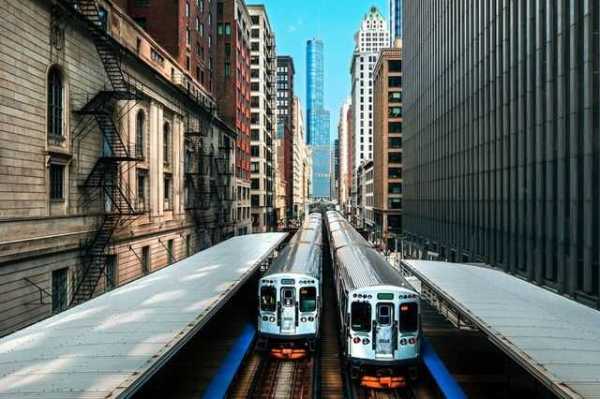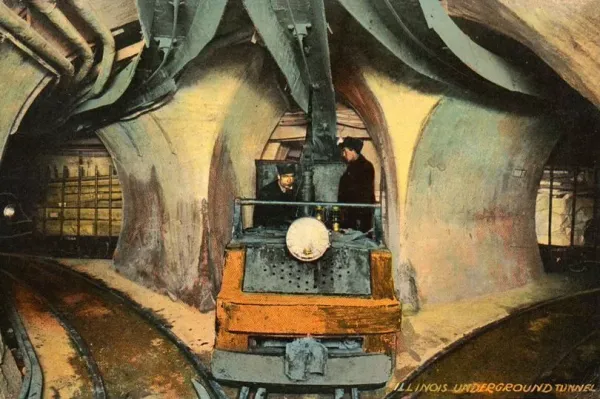
Deep down 90 metres under the streets of, its towering skyscrapers and greasy deep dish pizza joints is a secret underground tunnel network that sprawls over 100 miles.
The Tunnel and Reservoir Plan – also known as the Deep Tunnel system — is one of the largest civil engineering projects in the world, where construction has been underway since the 1970s. In the future, it could also be a key tool in the fight against
In the late 19th and 20th century, Chicago was rapidly expanding, but the infrastructure of the city needed to catch up. The city was built on a swamp, and as a result, it is very flat and low lying, which meant there were some severe drainage issues.
READ MORE:

Storms would fill the streets with mud, and pools of standing water would dominate patches of the streets across the entire city. Eventually, local authorities decided that Chicago needed a comprehensive sewer system. However, digging down under the city would cost a huge amount, so the authorities decided to raise the city out of the mud by two metres, adding some above-ground sewage pipes and filling in the gaps with dirt.
While this solved one problem, it created another one. All the newly laid sewers spread across the city flowed directly into the waterways, which also flowed into — the source of the city's drinking water. Disease abounded until engineers diverted the Chicago River. Rather than flowing into the lake, it was redirected into the River. A series of locks were constructed along with a 45 kilometre canal that sloped downhill. Pumping stations would direct the water through the canal as it deepened towards the Des Plaines and Mississippi Rivers, creating a reversal effect — which is still in place today.
As Chicago's population continued to grow, the sewer system became increasingly overwhelmed and by the 1960s, the sewers overflowed on more than 100 days every year.
This was when the Deep Tunnel system came into play. The Water Reclamation District teamed-up with some other local entities to form the 108 mile long tunnel network, which also featured three reservoirs and was designed to help manage the overflow and pollution issue in the city.
Any storms that cause extra runoff water would be redirected through the new tunnels and stored in the reservoirs, before being treated and eventually released. The tunnel network was finally finished in 2006 and at this point, it could manage close to nine billion litres of water. It helped reduce pollution in the water by nearly 85 per cent.
The network now also provides as a crucial tool in combatting the effects of climate change. According to the latest National Climate Assessment, an increase in heavy rain and storms in the Midwest could lead to flooding, which may destroy property and contaminate drinking water. The importance of Phase Two of the project is becoming increasingly urgent — it consists of three massive reservoirs that allow the system to handle even more water. Of the three, two are already complete.
The system is set to be completed in 2029, and then the entire system will be able to hold over 64 billion litres of water.